Fungi-Powered Battery Cells


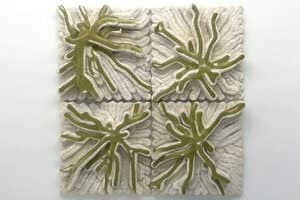





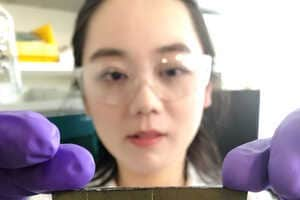



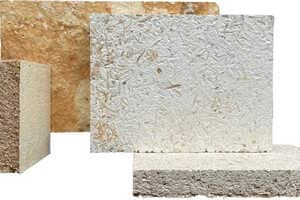

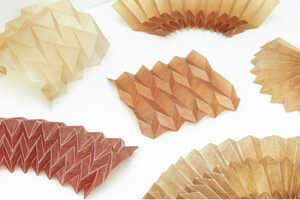




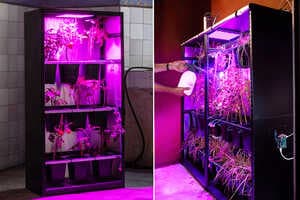

Swiss Researchers at Empa Federal Lab Created Energy-Generating Fungi
Colin Smith — January 15, 2025Swiss scientists at Empa have developed a groundbreaking fungal battery that generates electricity. This biodegradable battery, created using 3D printing technology, incorporates fungal cells into the printing ink, allowing the fungi to be an integral part of the battery from the start. The battery functions as a microbial fuel cell, utilizing the metabolism of fungi to convert nutrients into energy. On the anode side, a yeast fungus releases electrons, while a white rot fungus on the cathode side produces an enzyme that captures and conducts these electrons out of the cell.
The fungal battery is designed to be environmentally friendly and non-toxic. Unlike conventional batteries, it can be stored in a dried state and activated on location by simply adding water and nutrients. This makes it particularly suitable for powering sensors in remote agricultural or research areas. Once the battery has served its purpose, it digests itself from the inside, further reducing its environmental impact.
While the electricity produced by the fungal battery is not substantial, it is enough to power small devices such as temperature sensors for several days. The researchers at Empa believe that fungi, which are still under-researched and under-utilized, have significant potential in the field of materials science. They plan to continue exploring different species of fungi and improving the strength and durability of the fungal battery.



